International
Rescued condors spread wings in Chilean Andes
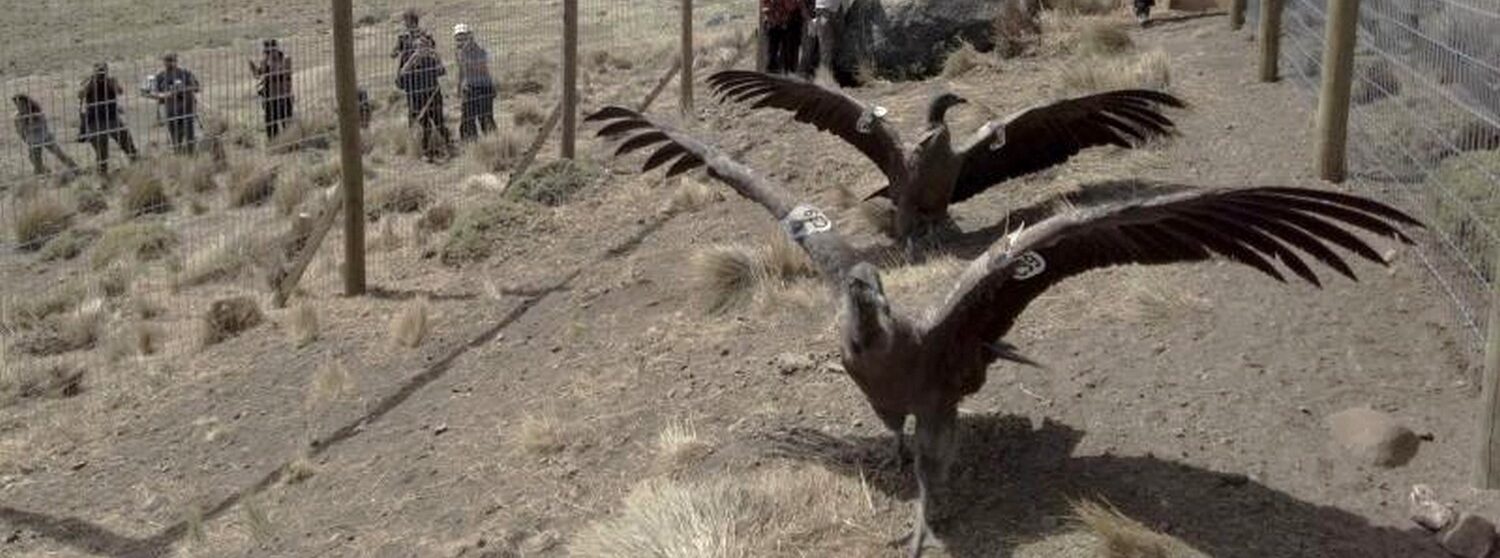
AFP
Pumalin and Liquine, two juvenile condors rescued from certain death, have been released back into the wild in a much-needed boost for a dwindling species emblematic of the Chilean Andes.
After 14 months of rehabilitation, the pair of scavengers were freed last week in the Patagonian National Park in Chile’s extreme south, where every individual counts for a species listed by the International Union for Conservation of Nature (IUCN) as “vulnerable” to extinction.
From a vast cage perched on the edge of a cliff overlooking the Patagonian valley, the pair spread their massive wings, waddled to the ledge, and took the leap of freedom, soaring away graciously.
“Today we have witnessed a milestone,” Christian Saucedo of the Rewilding Chile Foundation told AFP.
“It is a very complex process… but it means returning individuals who would otherwise be condemned to live in captivity,” he said.
According to the IUCN, the Andean condor — a type of scavenging vulture — is a declining species, with fewer than 7,000 left in the wild.
– Human ‘persecution’ –
The main threat is “direct and indirect persecution by humans,” it states.
Dominic Duran, the executive director of the Manku Project for condor conservation, told AFP “the biggest threat is toxic baits set by humans to poison… pumas or wild dogs eating their livestock.”
When the condors feed on these carcasses, up to 30 at a time, they get poisoned in turn.
The first to eat, he added, are usually the breeding males and females, and “when condors are killed by toxic bait, all the reproductive individuals at the top of the chain die.”
Other threats are hunting by humans, intoxication from poorly-managed landfills and dwindling numbers of the wild animals that make up their diet.
The foundation that rescued Pumalin and Liquine is a legacy of US philanthropist Douglas Tompkins, who in 1990 donated 8,000 square kilometers (3,088 square miles) of land to Chile and Argentina for conservation.
The Patagonia National Park now housed there holds an estimated 70 percent of Chile’s Andean condors — the largest population in South America.
Pumalin, a male, was found over a year ago unable to fly after getting caught in a heavy storm, and Liquine, a female, was rescued struggling to make it in the wild after an earlier attempt to rehabilitate her.
They will now go back to “learning the codes of condor society,” said Saucedo.
The pair’s progress will be monitored with radio transmitters implanted in their wings.
International
Five laboratories investigated in Spain over possible African Swine Fever leak
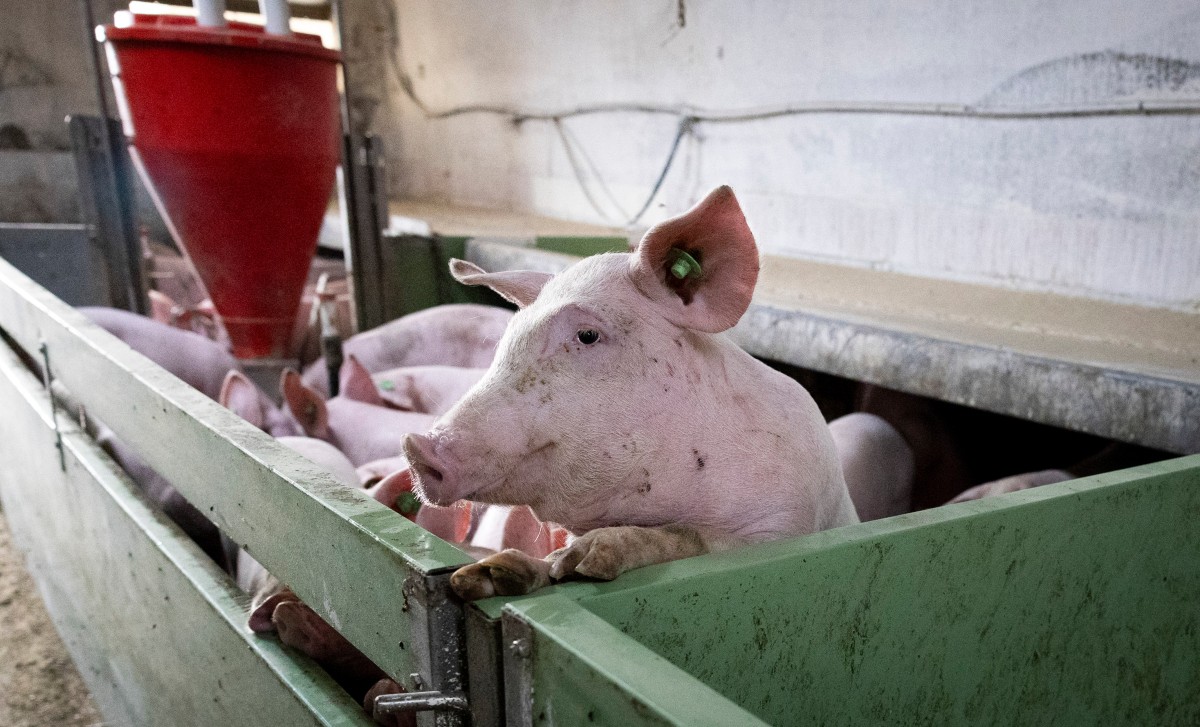
Catalan authorities announced this Saturday that a total of five laboratories are under investigation over a possible leak of the African swine fever virus, which is currently affecting Spain and has put Europe’s largest pork producer on alert.
“We have commissioned an audit of all facilities, of all centers within the 20-kilometer risk zone that are working with the African swine fever virus,” said Salvador Illa, president of the Catalonia regional government, during a press conference. Catalonia is the only Spanish region affected so far. “There are only a few centers, no more than five,” Illa added, one day after the first laboratory was announced as a potential source of the outbreak.
Illa also reported that the 80,000 pigs located on the 55 farms within the risk zone are healthy and “can be made available for human consumption following the established protocols.” Therefore, he said, “they may be safely marketed on the Spanish market.”
International
María Corina Machado says Venezuela’s political transition “must take place”
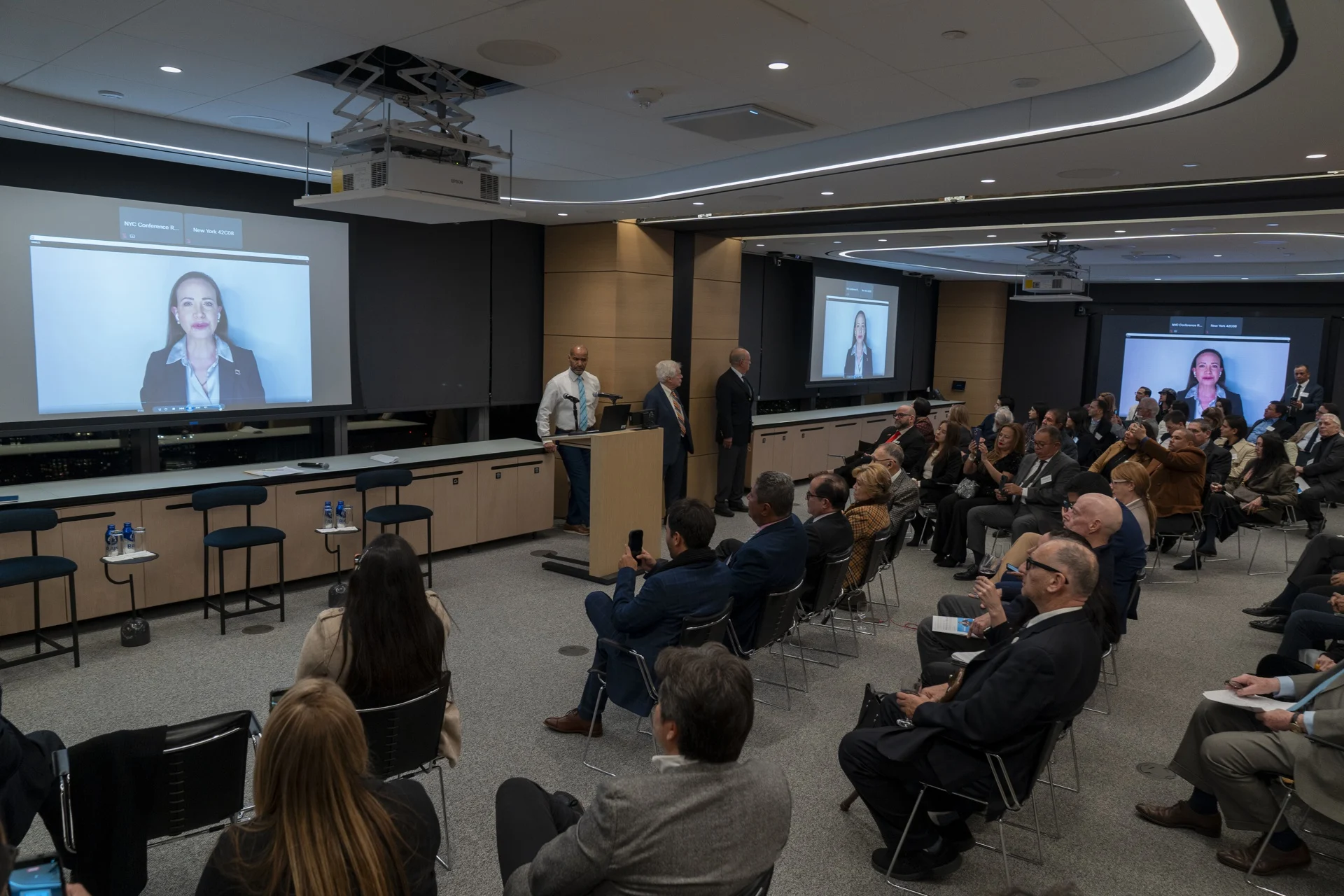
Venezuelan opposition leader María Corina Machado said this Thursday, during a virtual appearance at an event hosted by the Venezuelan-American Association of the U.S. (VAAUS) in New York, that Venezuela’s political transition “must take place” and that the opposition is now “more organized than ever.”
Machado, who is set to receive the Nobel Peace Prize on December 10 in Oslo, Norway — although it is not yet known whether she will attend — stressed that the opposition is currently focused on defining “what comes next” to ensure that the transition is “orderly and effective.”
“We have legitimate leadership and a clear mandate from the people,” she said, adding that the international community supports this position.
Her remarks come amid a hardening of U.S. policy toward the government of Nicolás Maduro, with new economic sanctions and what has been described as the “full closure” of airspace over and around Venezuela — a measure aimed at airlines, pilots, and alleged traffickers — increasing pressure on Caracas and further complicating both air mobility and international commercial operations.
During her speech, Machado highlighted the resilience of the Venezuelan people, who “have suffered, but refuse to surrender,” and said the opposition is facing repression with “dignity and moral strength,” including “exiles and political prisoners who have been separated from their families and have given everything for the democratic cause.”
She also thanked U.S. President Donald Trump for recognizing that Venezuela’s transition is “a priority” and for his role as a “key figure in international pressure against the Maduro regime.”
“Is change coming? Absolutely yes,” Machado said, before concluding that “Venezuela will be free.”
International
Catalonia’s president calls for greater ambition in defending democracy
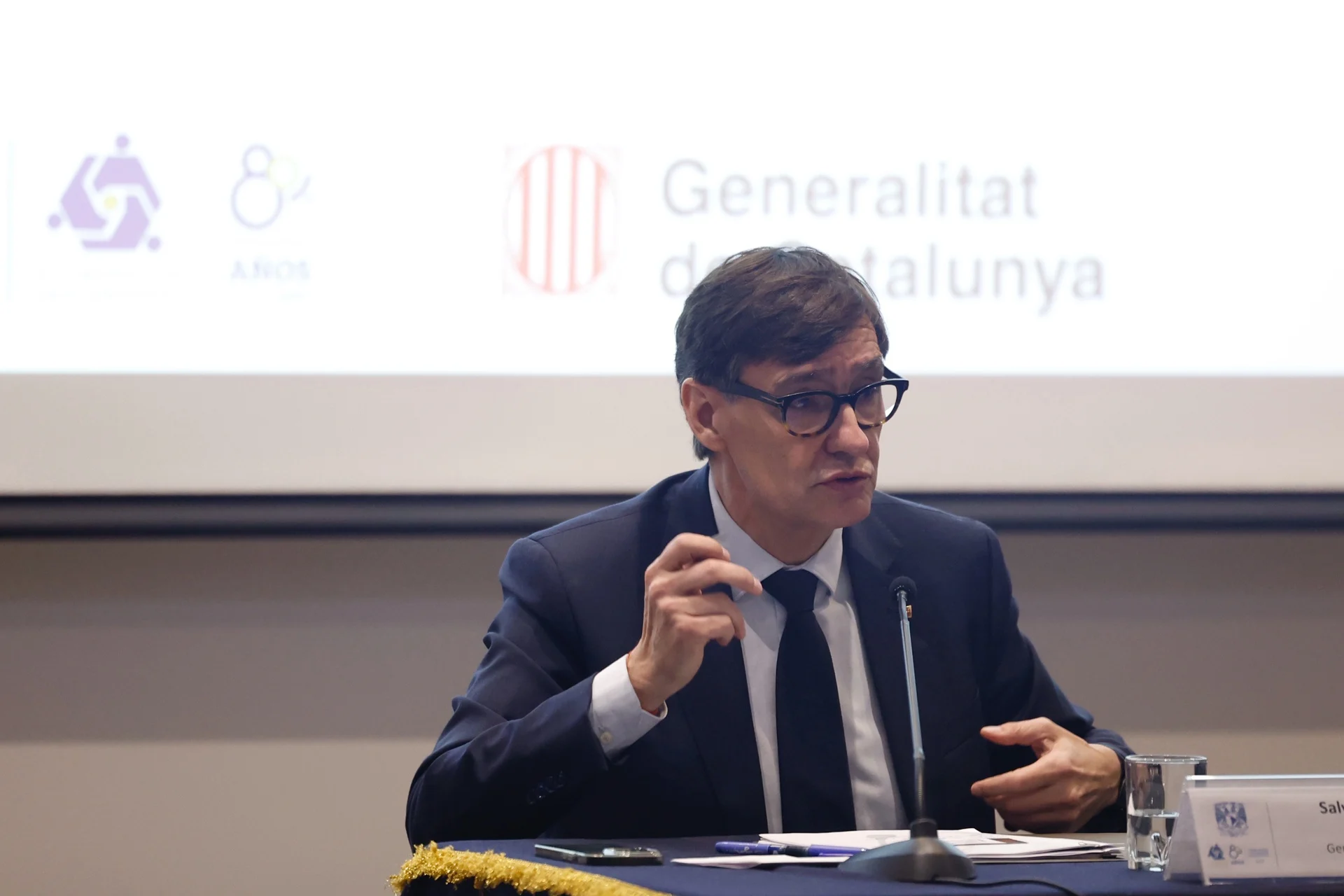
The President of the Generalitat of Catalonia, Salvador Illa, on Thursday called for being “more ambitious” in defending democracy, which he warned is being threatened “from within” by inequality, extremism, and hate speech driven by what he described as a “politics of intimidation,” on the final day of his visit to Mexico.
“The greatest threat to democracies is born within themselves. It is inequality and the winds of extremism. Both need each other and feed off one another,” Illa said during a speech at the National Autonomous University of Mexico (UNAM) in Mexico City.
In his address, Illa stated that in the face of extremism, society can adopt “two attitudes: hope or fear,” and warned that hate-driven rhetoric seeks to weaken citizens’ resolve. “We must be aware that hate speech, the politics of intimidation, and threats in the form of tariffs, the persecution of migrants, drones flying over Europe, or even war like the invasion of Ukraine, or walls at the border, all pursue the same goal: to make citizens give up and renounce who they want to be,” he added.
Despite these challenges, he urged people “not to lose hope,” emphasizing that there is a “better alternative,” which he summarized as “dialogue, institutional cooperation, peace, and human values.”
“I sincerely believe that we must be more ambitious in our defense of democracy, and that we must remember, demonstrate, and put into practice everything we are capable of doing. Never before has humanity accumulated so much knowledge, so much capacity, and so much power to shape the future,” Illa stressed.
For that reason, he called for a daily defense of the democratic system “at all levels and by each person according to their responsibility,” warning that democracy is currently facing an “existential threat.”
-
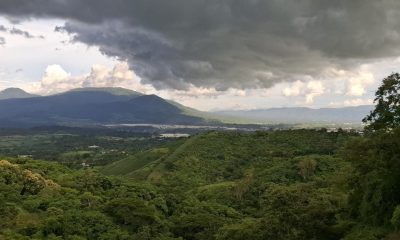
 International4 days ago
International4 days agoWMO predicts 55% chance of weakened La Niña impacting global weather this winter
-

 Central America4 days ago
Central America4 days agoJuan Orlando Hernández thanks Donald Trump after U.S. pardon
-

 Internacionales4 days ago
Internacionales4 days agoJuan Orlando Hernández’s family takes time to decide next steps after surprise U.S. release
-

 International4 days ago
International4 days agoSpain’s PSOE summons Mark Zuckerberg over alleged mass surveillance on Android users
-

 International4 days ago
International4 days agoRussian authorities ban Roblox citing child safety and moral concerns
-
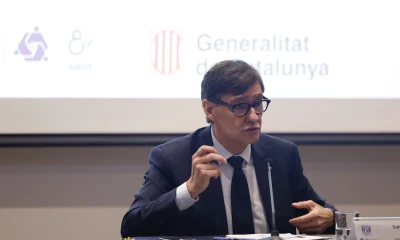
 International3 days ago
International3 days agoCatalonia’s president calls for greater ambition in defending democracy
-
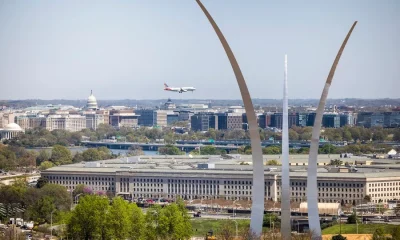
 International4 days ago
International4 days agoNew York Times sues Pentagon over new press restrictions, citing First Amendment violations
-

 International4 days ago
International4 days agoClimate-driven rains trigger one of Indonesia’s deadliest flood emergencies in years
-

 Central America2 days ago
Central America2 days agoHonduras vote vount drags on as Asfura and Nasralla remain in technical tie
-
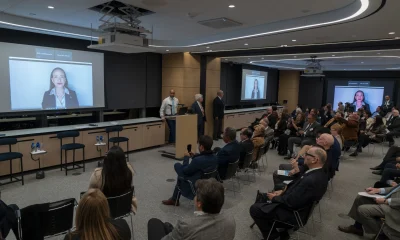
 International3 days ago
International3 days agoMaría Corina Machado says Venezuela’s political transition “must take place”
-
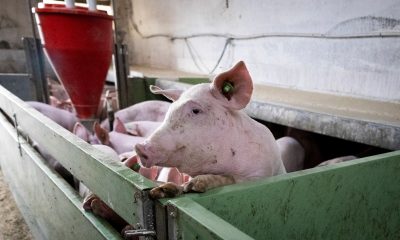
 International2 days ago
International2 days agoFive laboratories investigated in Spain over possible African Swine Fever leak


























